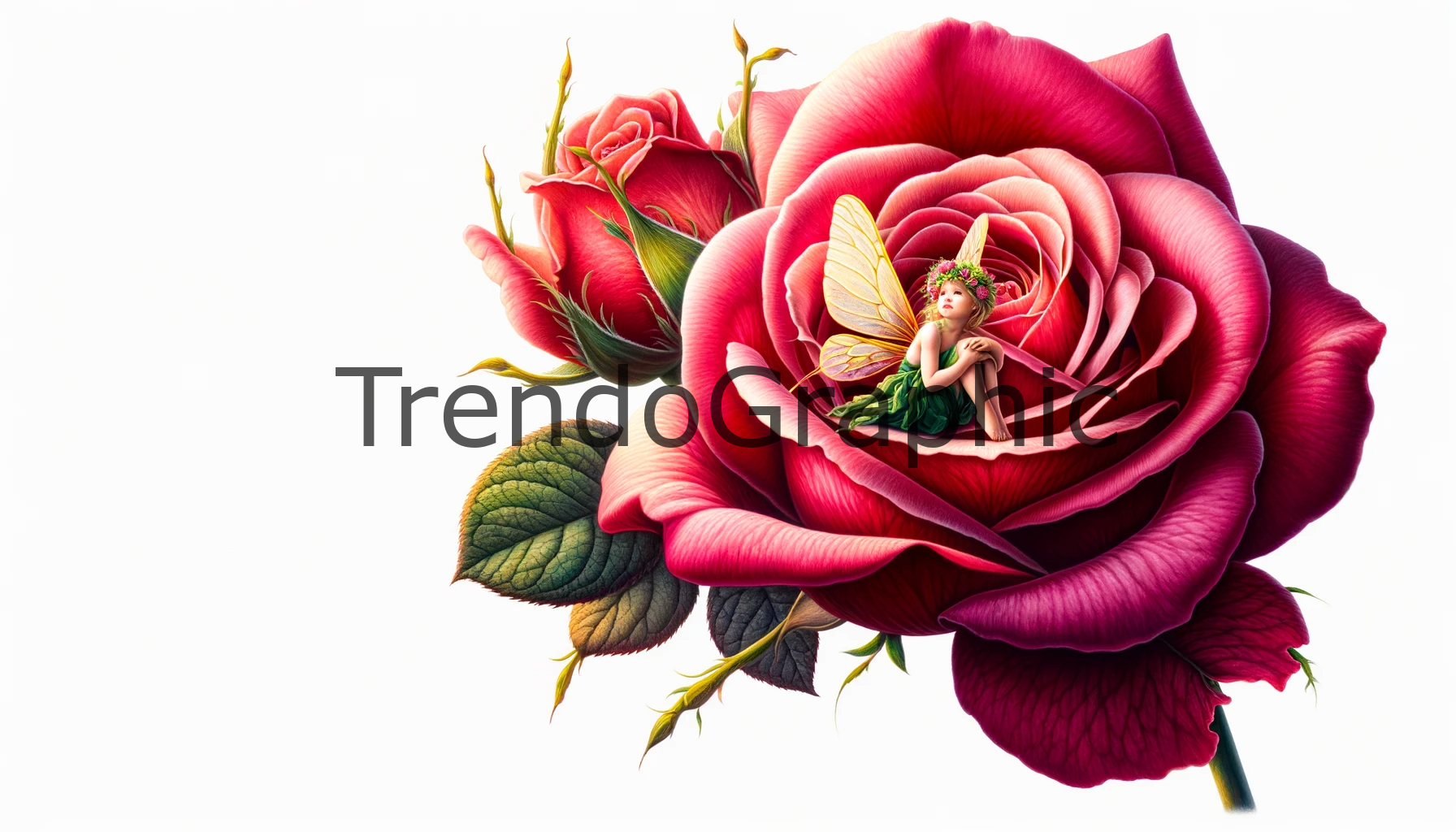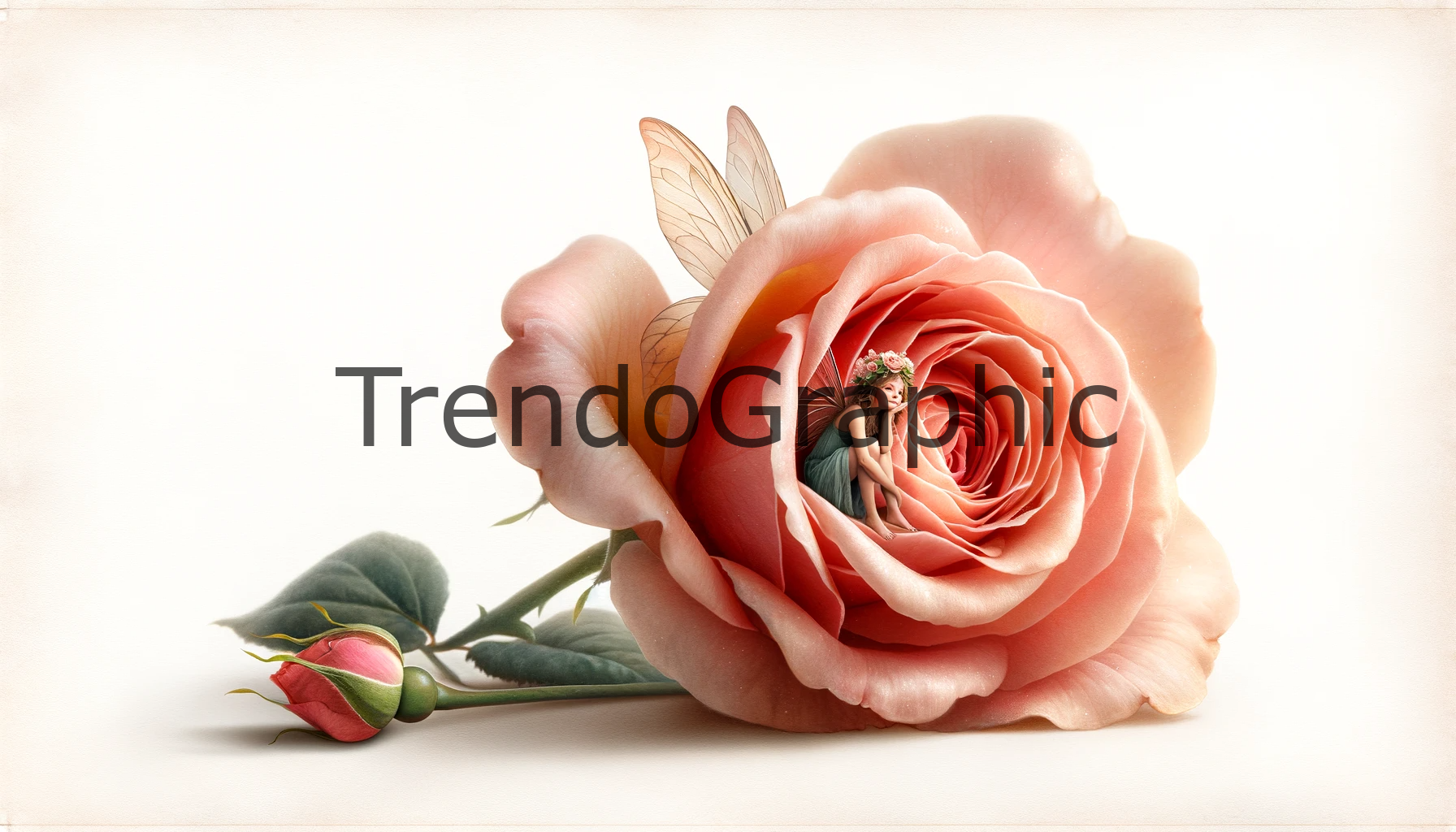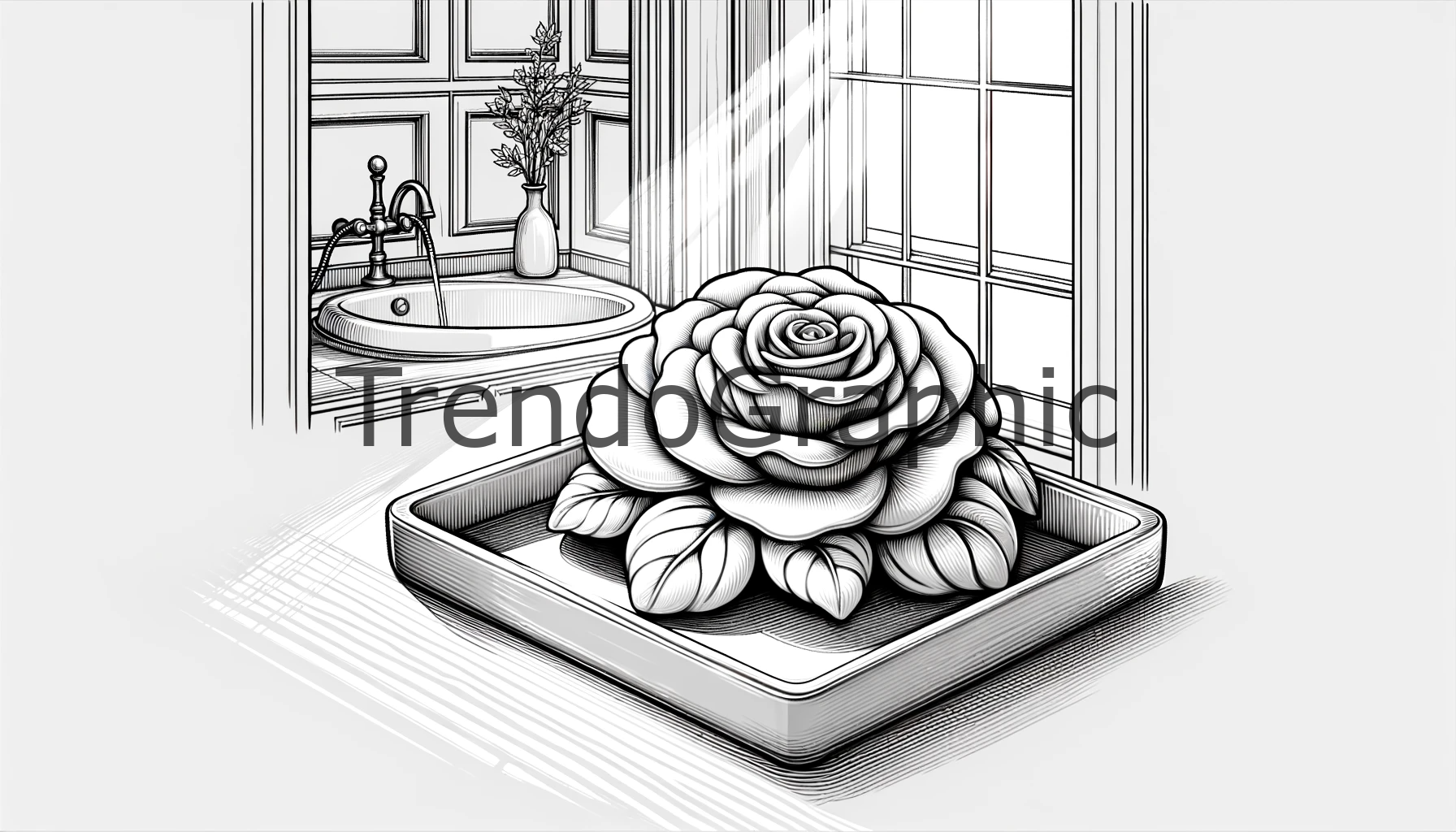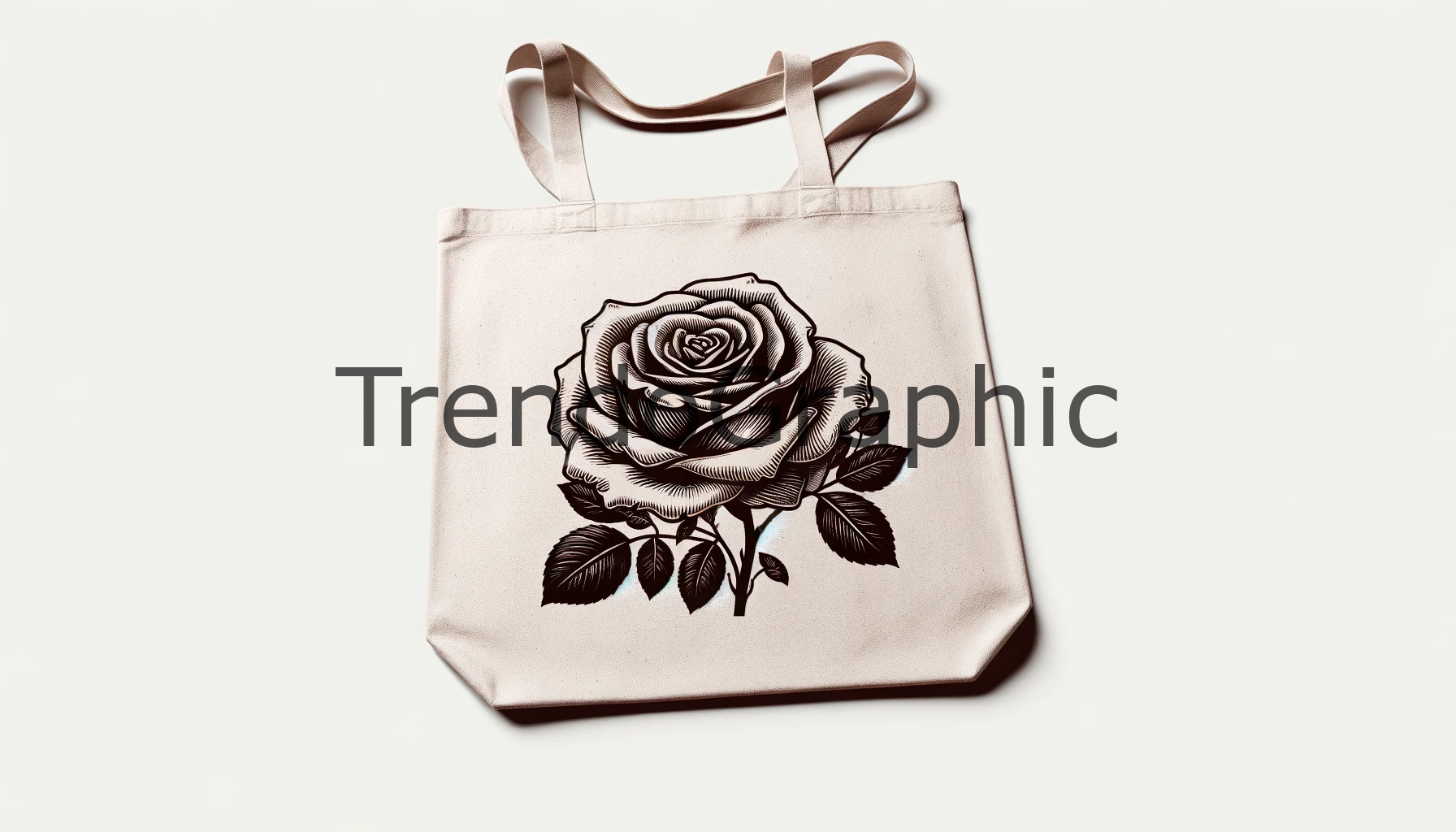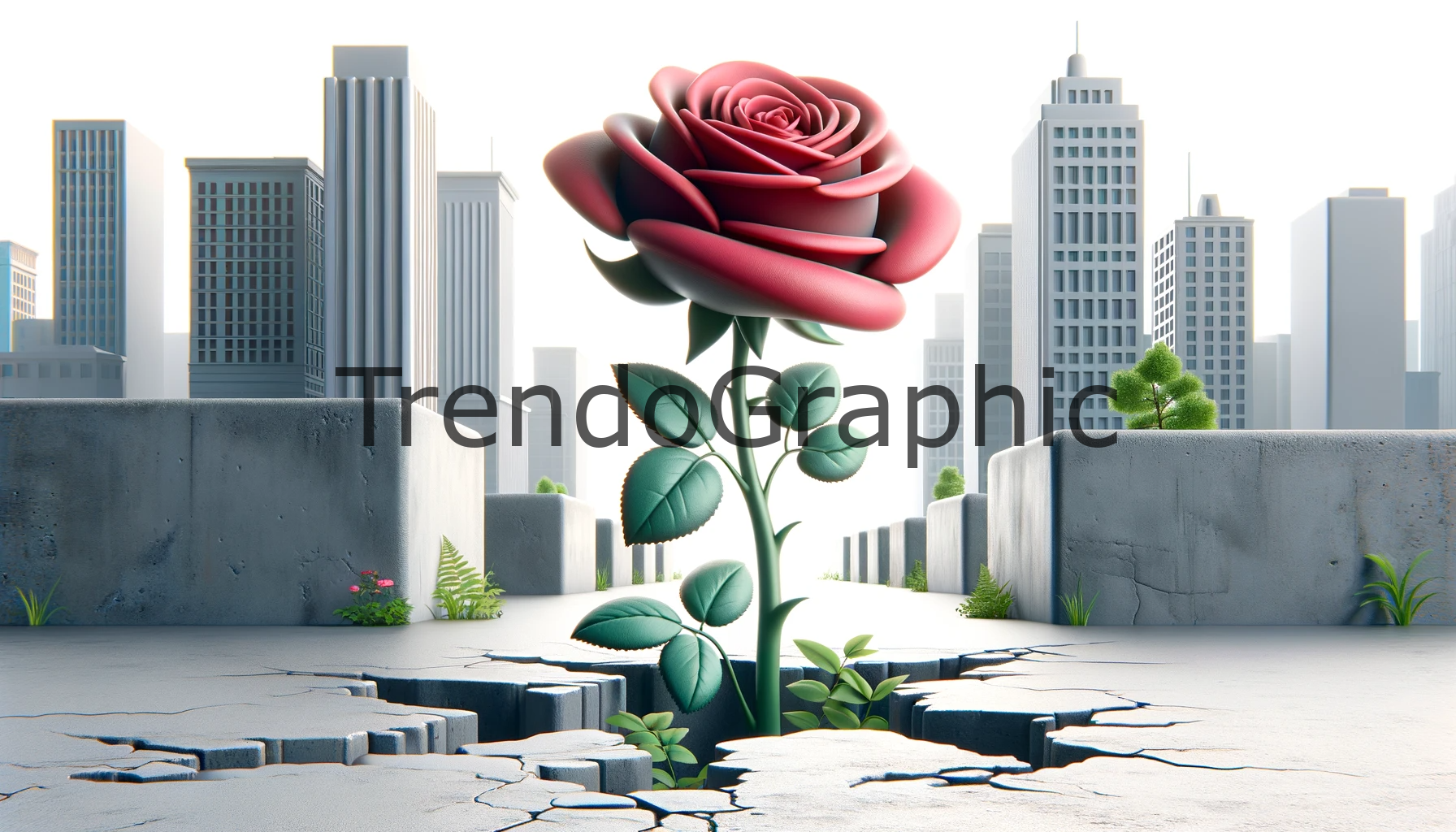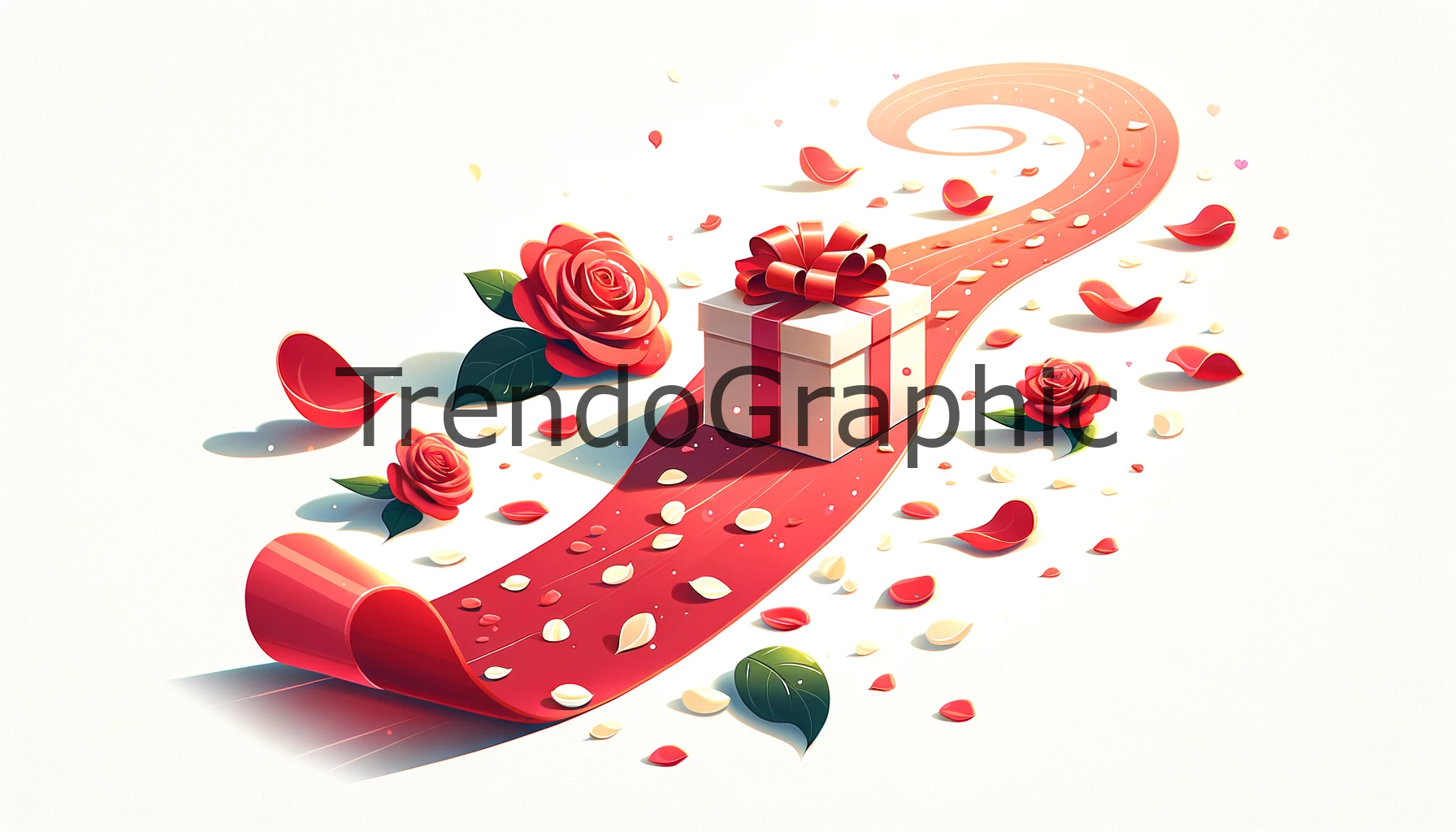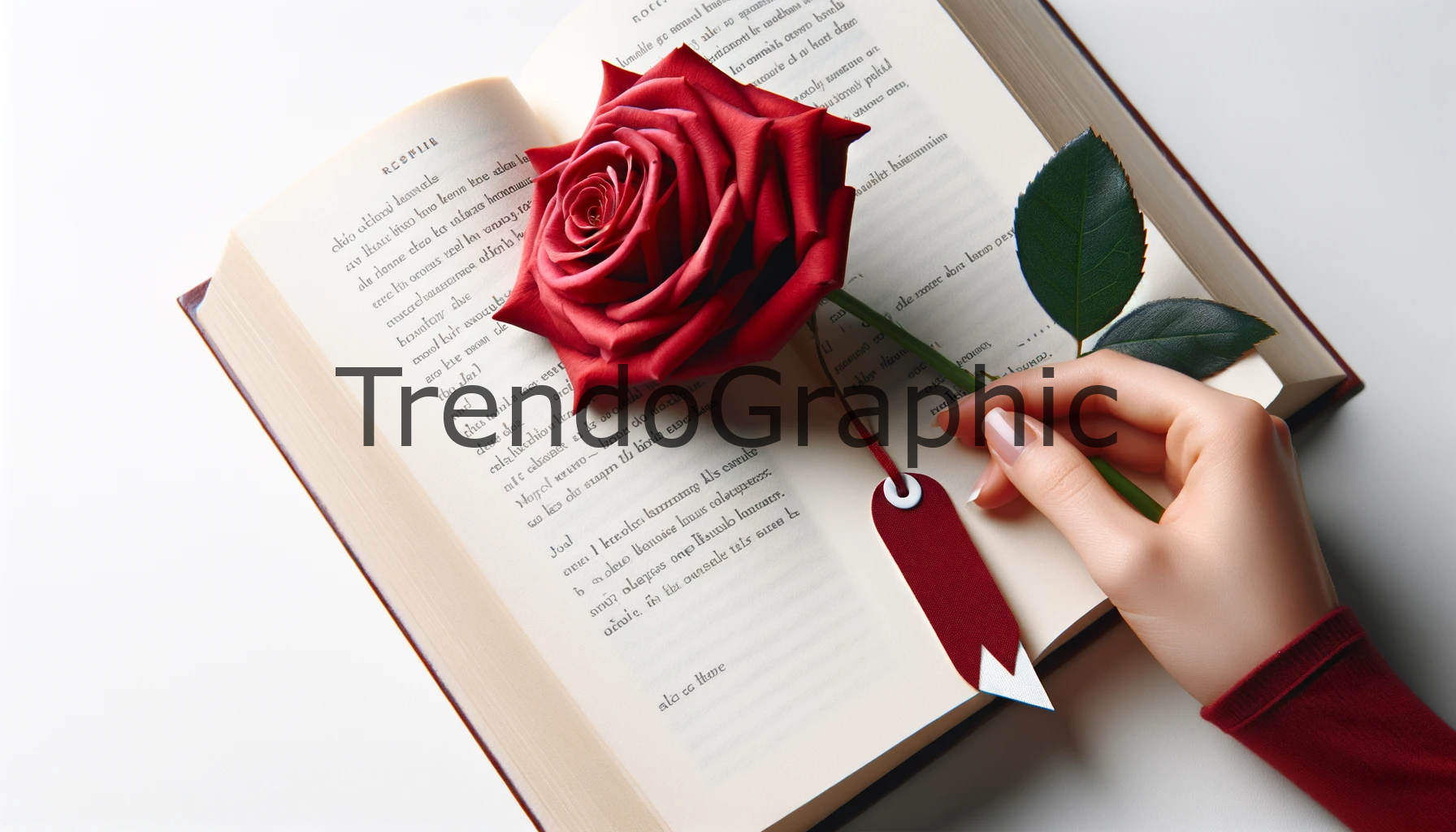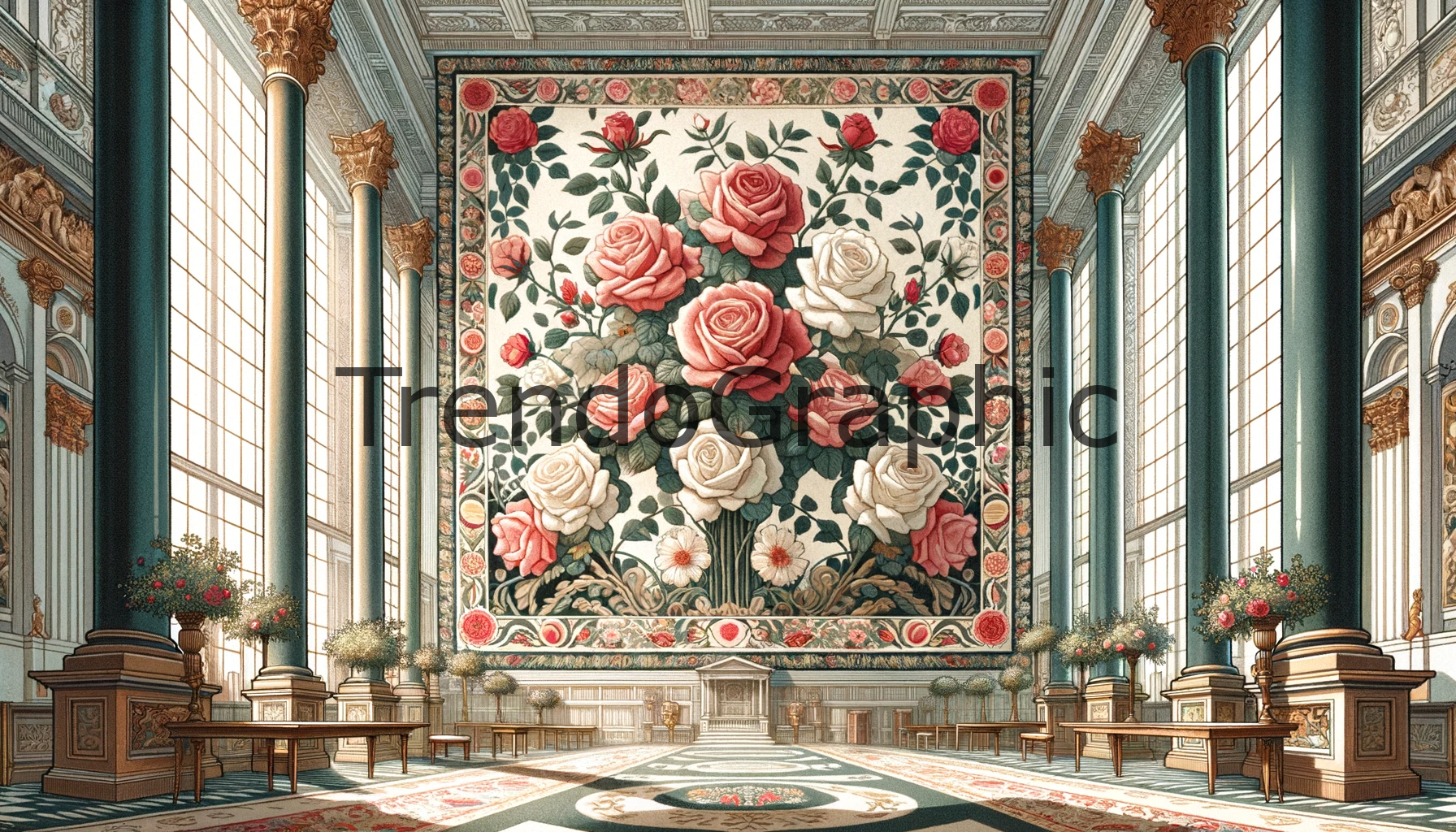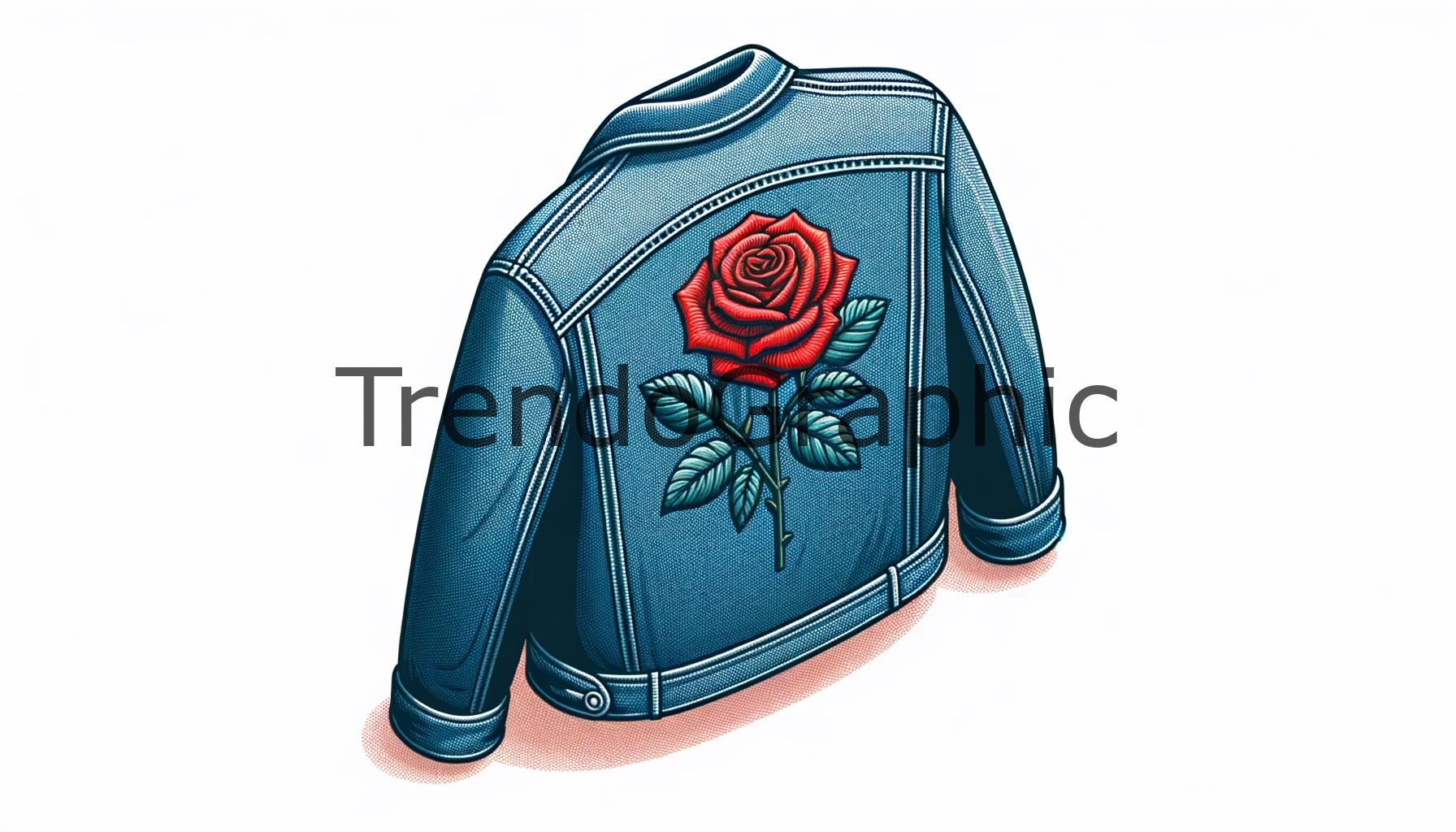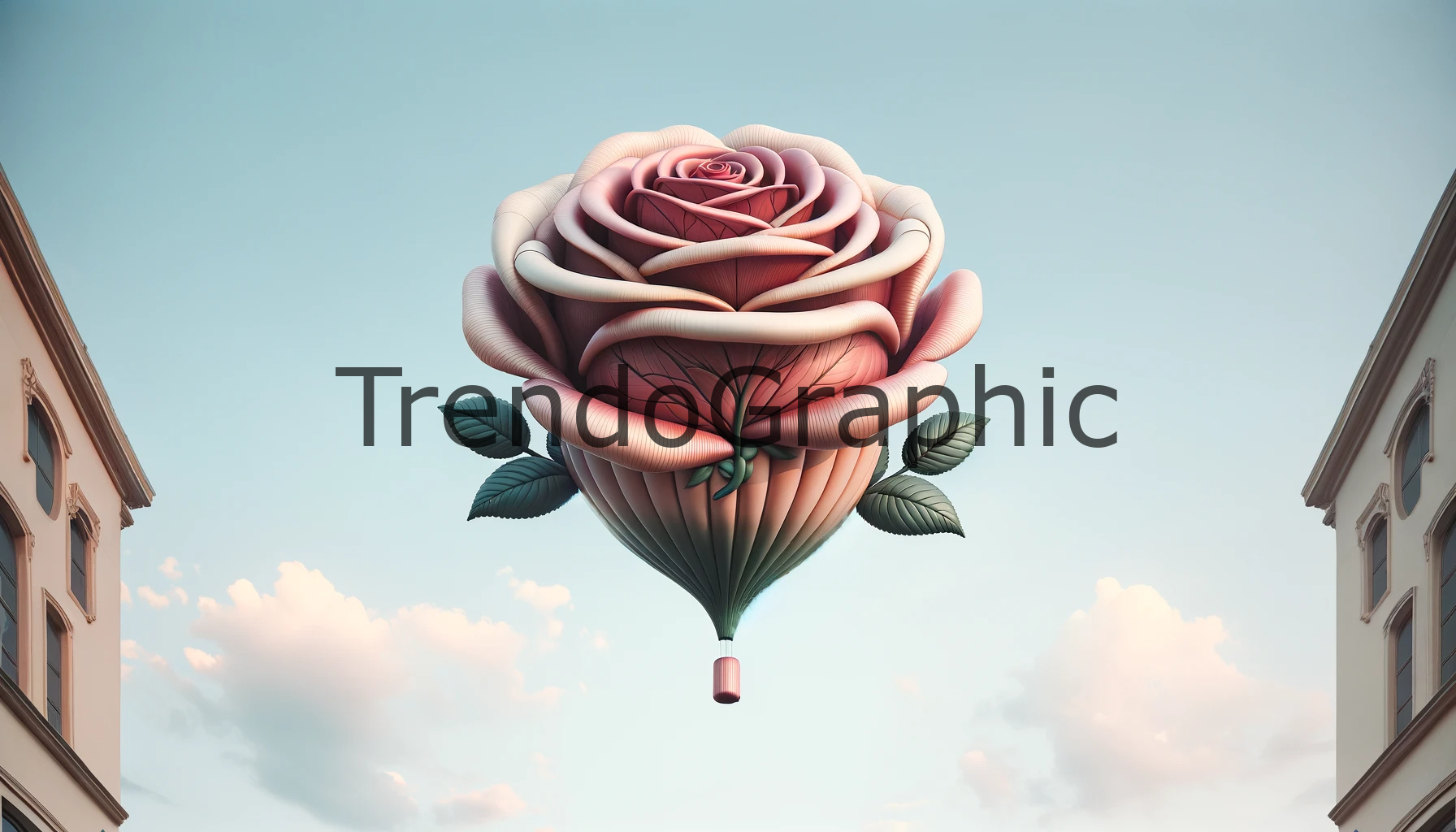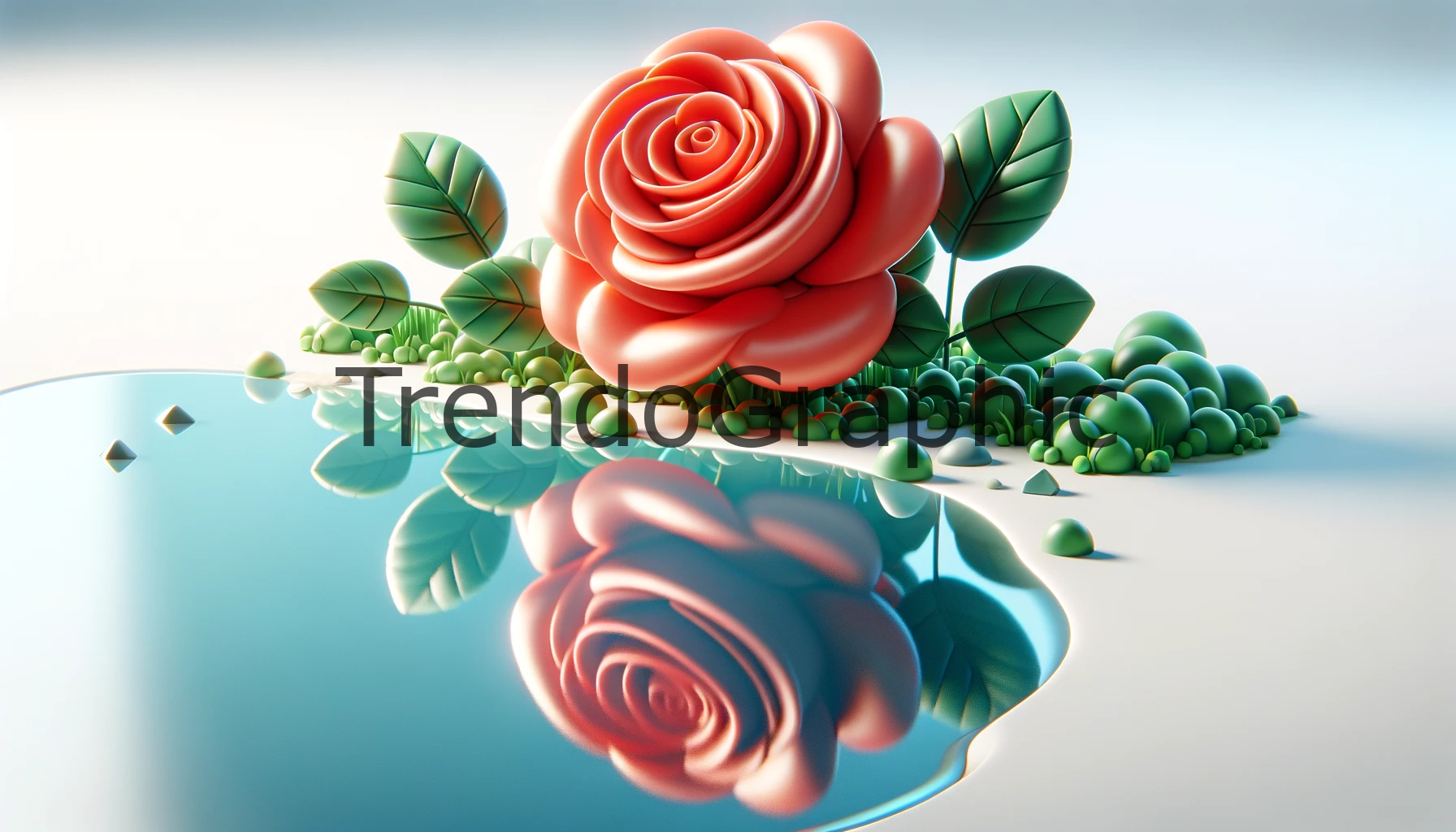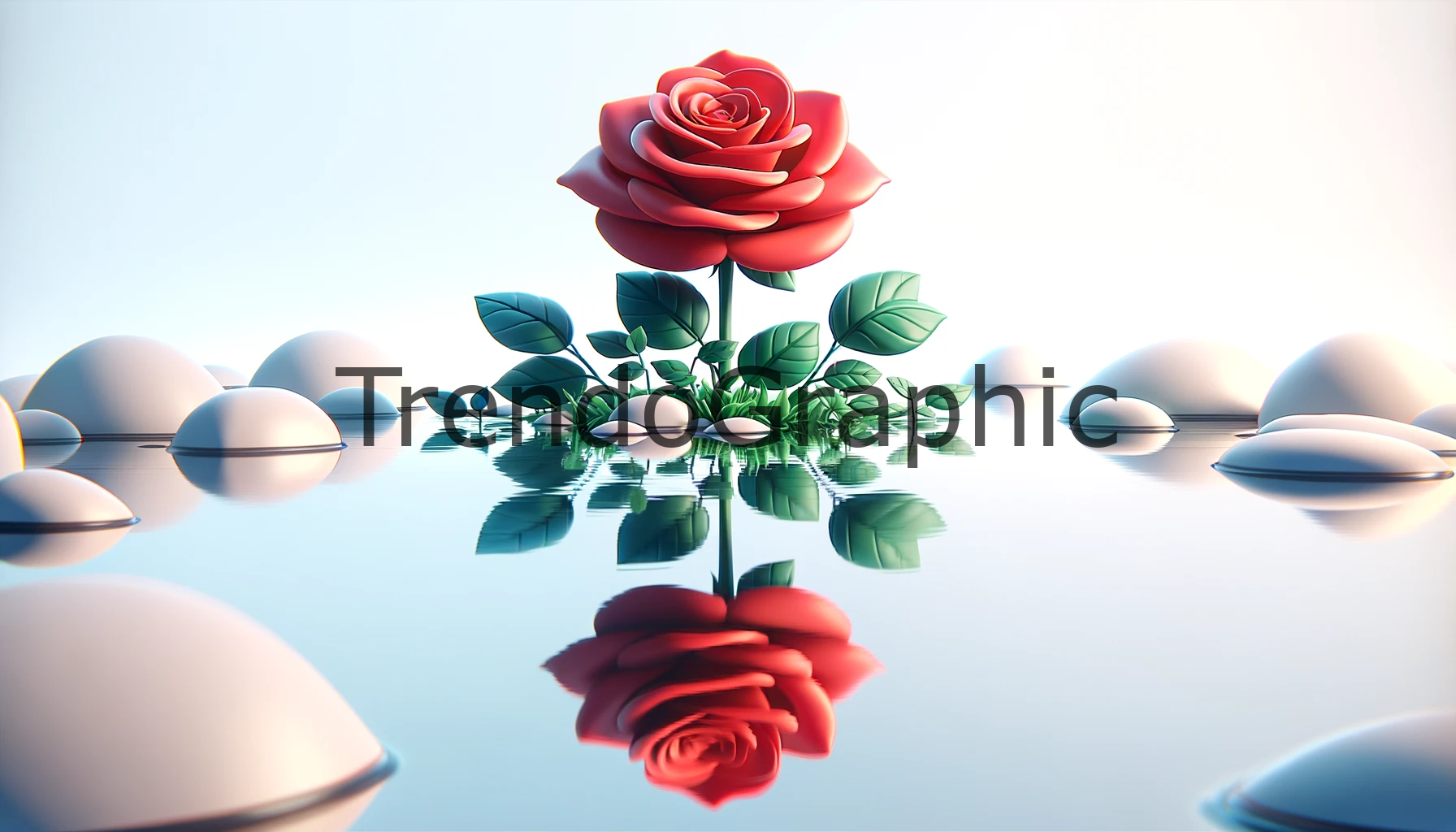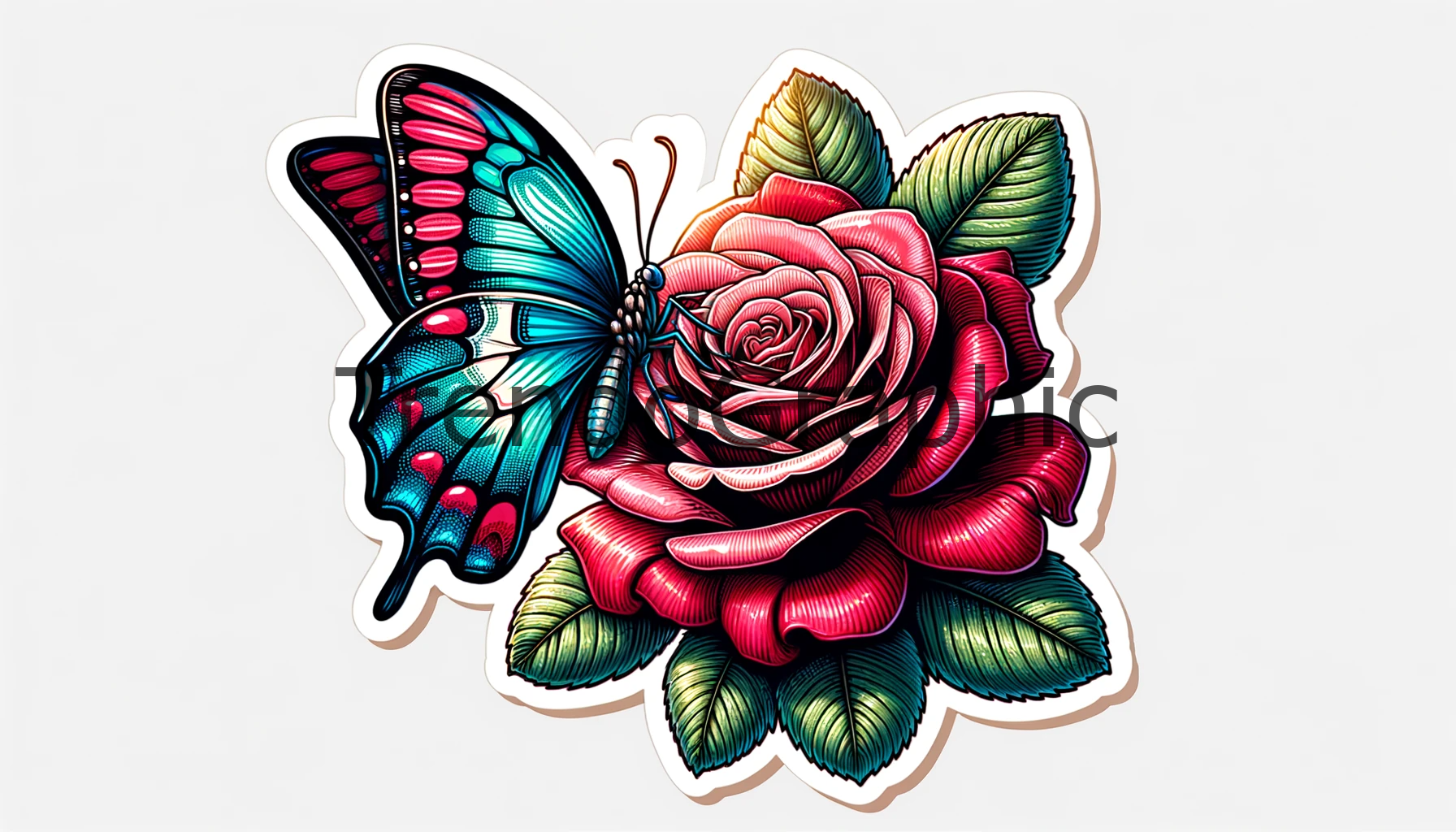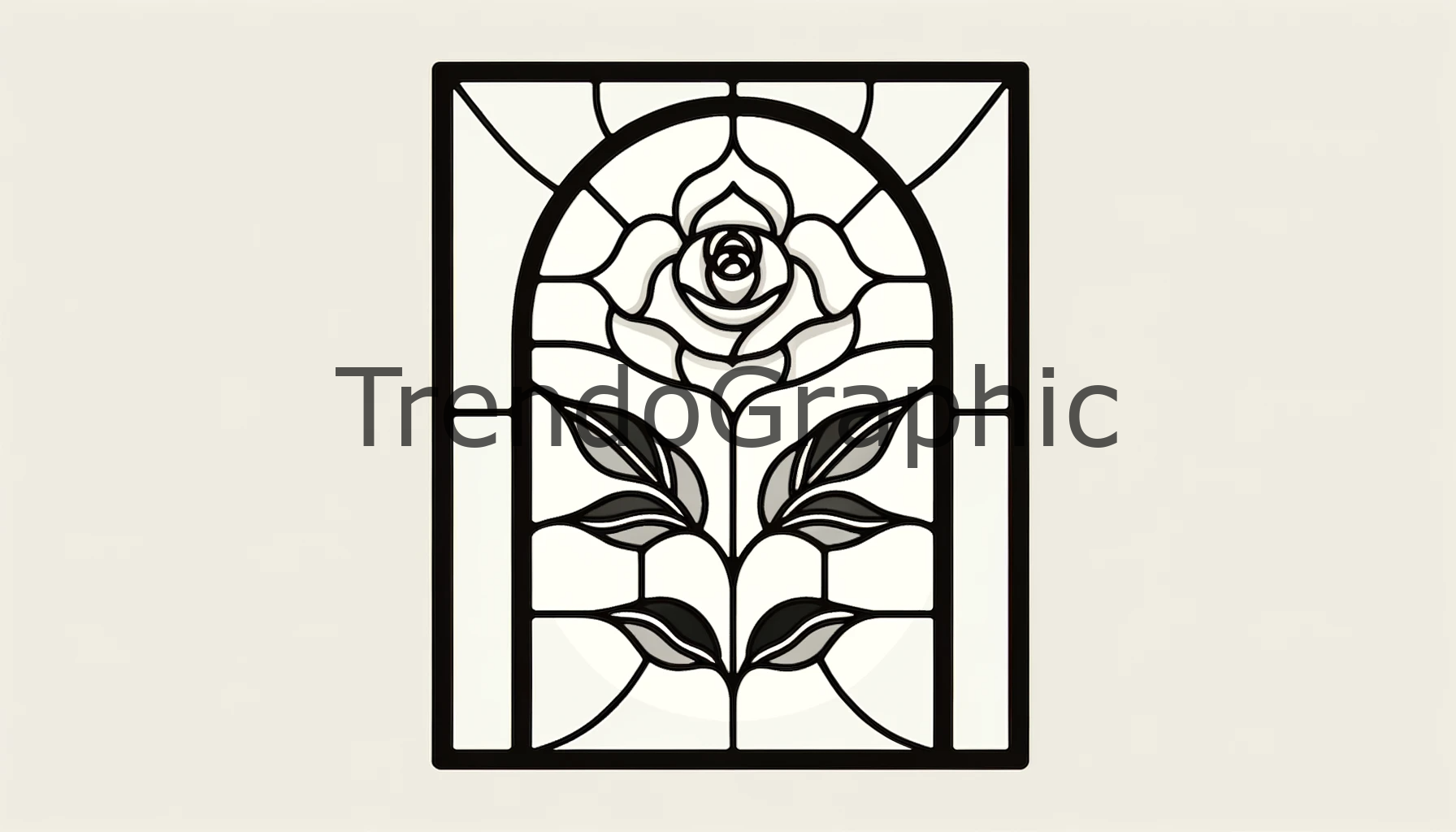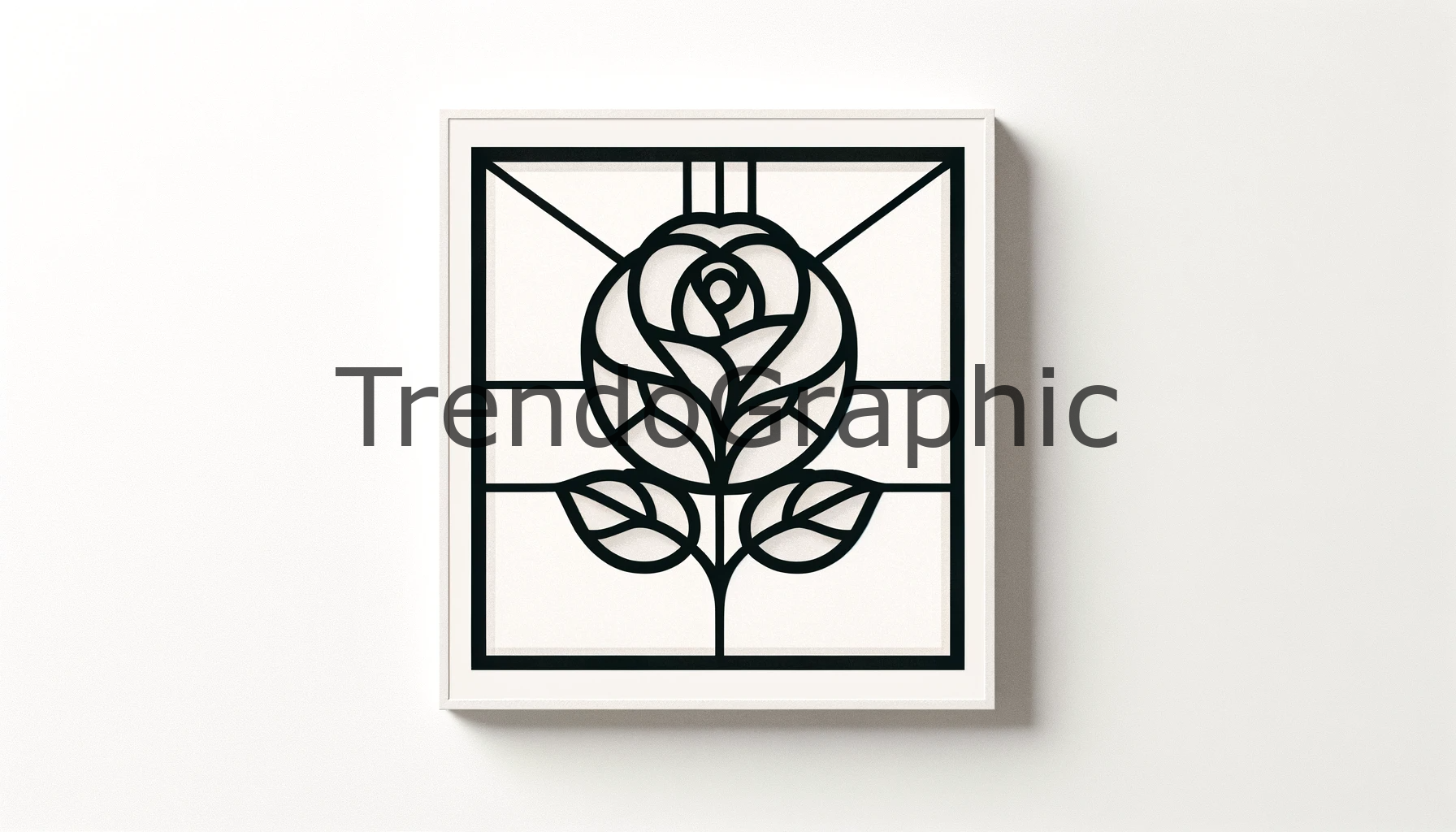Rose flower illustrations have long been a beloved subject in the world of art and design. Their timeless beauty and the variety of their forms make them a favorite among artists and enthusiasts alike. In recent years, there’s been a noticeable surge in the popularity of botanical illustration, with more and more people drawn to the intricate beauty of plant and flower art. This growing interest is not just a trend; it reflects a deeper appreciation for nature and the delicate art of capturing it on paper or digitally.
The History and Symbolism of Rose Illustrations
Roses have been a subject of fascination in art for centuries. Their depiction goes beyond mere representation; they carry deep symbolic meanings that vary across cultures and time periods. In ancient times, roses were symbols of love, beauty, and even secrecy. During the Renaissance, they were prominently featured in religious and mythological art, symbolizing purity, passion, and rebirth.
The Victorian era saw a surge in the popularity of floral symbolism, with roses playing a key role. Different colors of roses were used to convey different messages without words. For example, a red rose symbolized deep love, while a white rose stood for innocence.
Today, rose illustrations continue to captivate artists and viewers alike. They are not just beautiful subjects but also carry a rich historical and cultural legacy. Understanding this background can add depth and meaning to your illustrations, making them more than just pretty pictures.
Essential Tools and Materials for Rose Illustration
To start with rose flower illustration, you need the right tools. Here’s a simple guide:
- Pencils: A range of pencils from hard (H) to soft (B) is ideal. Hard pencils are great for fine lines, while soft pencils are better for shading.
- Inks and Watercolors: For adding color, inks and watercolors are popular choices. They allow for vibrant hues and delicate shading.
- Digital Tools: If you prefer digital art, a good drawing tablet and software like Adobe Photoshop or Procreate can be invaluable.
- Paper: The right paper is crucial. For watercolors, thicker, textured paper is best. For pencil and ink, smoother paper works well.
Experiment with different tools to find what works best for you. Remember, the quality of your tools can significantly affect the outcome of your illustrations.
